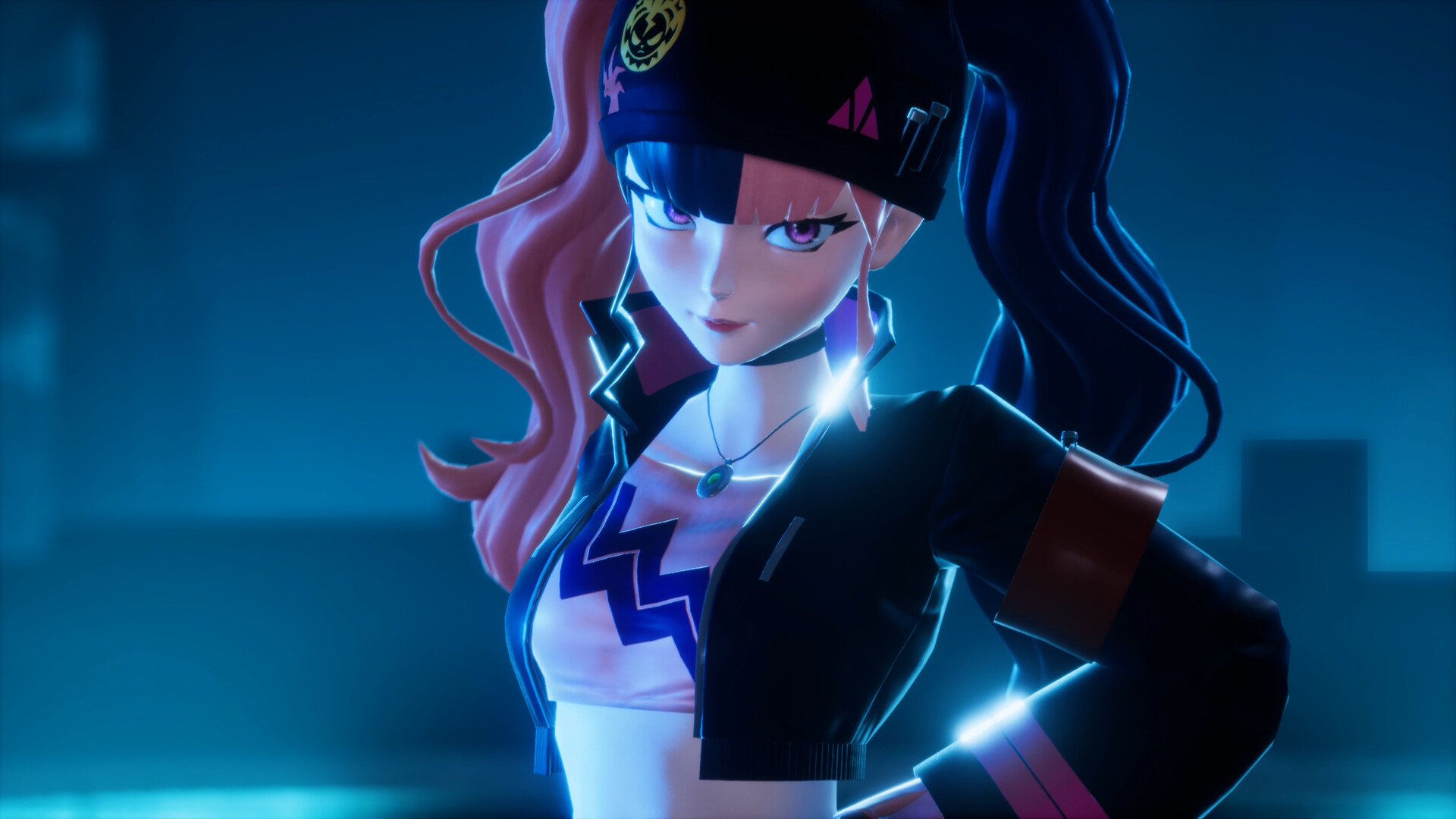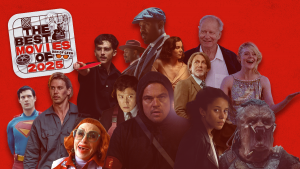
Since we last discussed the shocking early success of developer Pocketpair’s recently released Palworld, the game has gone on to achieve numbers you typically only see from new releases in gaming’s biggest Triple-A franchises.
Not only has Palworld sold over six million copies since its release (not counting those playing the game via Xbox Game Pass), but it attracted over 1.8 million concurrent Steam players over the weekend (which, again, doesn’t include Xbox Game Pass users). For context, that is the second-highest recorded concurrent player count for any game in Steam history.
Yet, Palworld isn’t quite the darling of the industry that you’d think it would be given that it’s a historic success from a small studio. Instead, Palworld has become one of the most debated titles in recent memory. A growing contingent of gamers popularly led by longtime Pokémon are arguing that Palworld is nothing but a shameless rip-off. Some of them are even calling for Nintendo to sue the makers of Palworld and have the game shut down for good.
It’s a bizarre and ever-evolving situation made that much more complicated by the amount of misinformation regularly used to both support and criticize Palworld. So if you’re just hearing about Palworld and would like to try to make a little sense of the controversy surrounding it, here’s a hopefully helpful breakdown of what is shaping up to be one of the biggest video game stories of 2024.
Palworld vs. Pokémon: How Similar Are the Two Games?
Before we discuss some of the specific similarities between Palworld and Pokémon that make some fans so upset, it’s just as important to understand some of the significant differences between the two titles.
Palworld is an open-world survival game that requires you (and optional co-op companions) to gather resources, build bases, and produce the items required to overcome various challenges found throughout the world. Its emphasis on production and survival makes it closer to something like ARK: Survival Evolved or even Stardew Valley than the typically RPG-focused mainline Pokémon games. The game’s real-time combat which revolves around the use of various weapons (more on those later) even feels closer to what you’d see in Monster Hunter rather than Pokémon.
While 2022’s Pokémon Legends: Arceus shares some notable gameplay similarities with Palworld compared to previous Pokémon titles (3D open-world exploration, an emphasis on crafting, enhanced freedom of movement in and out of combat), even those are wildly different games in most respects. If you’re going into Palworld expecting the structure and goals of a typical Pokémon adventure, you’re probably going to have a bad time.
However, both Pokémon and Palworld ultimately emphasize the same core mechanic: building a roster of creatures that you collect throughout the world and leveling them up so that you can use their gradually improving abilities. While Palworld and Pokémon often ask you to utilize those creatures in slightly different ways, each game puts those creatures at the center of both their gameplay and marketing, and each game presents those creatures (and the ways you interact with them) in shockingly similar ways.
It’s that element of the Palworld experience that brings us to the heart of this controversy…
Palworld’s Developers Habe Been Accused Of Plagiarising Pokémon’s Designs
While the basic similarities between Palworld and Pokémon were obvious to many from the moment that the former was announced, they didn’t initially cause any notable controversies. There have long been Pokémon-like games on the indie scene, and many of them have come and gone without generating negative noise, even from hardcore Pokémon fans. What sent some over the edge in this instance was the reveal of Palworld’s “Pal” designs.
Simply put, many of Palworld’s creatures bear a striking resemblance to popular various Pokémon designs. While some of those similarities are natural (Pokémon didn’t exactly invent fish or birds) or obvious winks (such as a Pikachu-like electric creature) others are slightly harder to justify or dismiss out of hand. Just take a look at some of these similarities that fans have spotted between the creature designs in the two games:
Similarities like those make it irresponsible to dismiss this controversy as a simple case of Pokémon fans being bitter about the new kid on the block. Again, we see vaguely Pokémon-like games released all the time, some of which copy substantial parts of Pokémon‘s gameplay along with elements of that franchise’s UI and visual designs. Compared to some of those games, Palworld is practically a revolutionary concept.
What some fans are currently arguing, though, is that Palworld‘s designs veer far from the course of “inspiration” and straight into the legal realm of “plagiarism.” There’s no world in which Palworld‘s developers weren’t inspired by Pokémon designs. That much is obvious. What complicates this topic is the possibility that Palworld‘s developers simply stole existing Pokémon designs. While nobody has been able to definitively prove that is what happened, Nintendo would certainly have grounds to sue Pocketpair if they can prove that is the case.
It’s also a topic that is further complicated by another emerging Palworld controversy…
Palworld’s Developers Have Been Accused of Using Generative AI Technology
As if being accused of stealing designs from another studio wasn’t bad enough, some are also accusing Palworld developer Pocketpair of using generative AI technology to design large parts of their game. The evidence to support that claim may be largely circumstantial, but like many of the claims against Palworld, it’s also difficult to ignore outright.
Indeed, the biggest argument for Pocketpair’s alleged use of AI technology may be the studio’s own history. Not only has Pocketpair CEO Takuro Mizobe previously expressed his admiration for generative AI technology but Pocketpair recently released a game called AI: Art Impostor which revolves around the use of such technology. Furthermore, Pocketpair previously released a survival game called Craftopia which was not only a clear (and now, seemingly abandoned) forerunner to Palworld but was also accused of using AI technology to generate NPC dialog. Mind you, some also previously criticized Craftopia for its striking resemblance to The Legend of Zelda: Breath of the Wild.
Again, though, it should be noted that there is currently no substantial evidence that supports any claim that Pocketpair used generative AI technology to create Palworld. Not only does Steam now require studios to disclose their use of such technology, but Pocketpair’s CEO has since denied those allegations in a statement that also suggested that he and others who worked on the game have been receiving death threats over their alleged use of such technology and other stolen assets.
While it has no legal bearing on this situation, it’s also been interesting to see that some fans believe Palworld may have utilized some kind of generative AI technology but simply do not care. Though the support of such technology is often controversial, it’s proving to be especially controversial in the case of a game that is not just visually derivative of existing works but potentially plagiarized that work. If nothing else, Palworld is highlighting the growing divide between those pushing for the use of generative AI technology in video games and those who consider many increasingly popular uses of such technology to merely be advanced forms of plagiarism.
Palworld Has Been Accused of Promoting Animal Cruelty
While most of the major Palworld controversies involve the designs of its Pokémon-like creatures, one of the earliest controversies regarding the game actually revolved around how Palworld and its players treat those creatures.
You may have heard some describe Palworld as “Pokémon with guns,” which isn’t entirely accurate. Yes, the player character can eventually produce and use guns during combat, but very few of the Pals in the game wield such weapons themselves despite what some of Palworld’s promotional images would have you believe. Of course, that’s one of the questionable marketing tactics that helped trigger the greater debate about the game in the first place.
However, the conversation and controversies about Palworld’s violence don’t end there. While the actual in-game scenes of violence against other Pals are fairly tame (even though you’re often shooting them with a gun or beating them with a blunt object before capturing them), the way the game treats Pals as workers is stirring some discourse.
Putting your Pals to work at your base in Palworld requires you to be mindful of their physical and mental health. Pals can work themselves to exhaustion, and you often need to manage their health in order to ensure that they can continue to be productive.
However, as outlets like PC Gamer explain, Palworld has ways of encouraging you to push your Pals to the point of exhaustion to maximize your output. Such mechanics are not only seen as cruel by some but indicative of the game’s sometimes “edgier” humor and themes which not everyone is on board with.
Naturally, there are others who love that aspect of the game, those who are entirely indifferent to it, and those who see such mechanics as a parody of the darker elements of titles like Pokémon that often ask players to mistreat their creatures but rarely draw direct attention to that aspect of the experience. Though you may be quick to file this controversy away as internet bickering, it could actually play a role in that hypothetical lawsuit that some Palworld critics keep calling for.
Can Nintendo Sue The Developers of Palworld?
As of the time of this writing, there have been no indications that Nintendo intends to sue Pocketpair over Palworld’s Pokémon similarities. Furthermore, all currently available evidence (or the lack thereof) suggests they may have a difficult time putting together a convincing lawsuit against the studio.
While a former Pokémon Company lawyer recently stirred the hive by calling Palworld “ripoff nonsense,” the actual legal case against the game is much more complicated than that. For instance, Richard Hoeg of Hoeg Law Firm recently suggested that Nintendo could theoretically sue Pocketpair but they’d have a hard time winning that case given that they’d essentially have to prove that Pocketpair stole their exact designs. For as compelling as some of those comparisons between the game’s designs are, legal experts that have gone on record about this matter so far are divided, at best, about whether that is substantial enough evidence for Nintendo to justify proceeding with a lawsuit.
Tim Cotton (senior legal counsel for Reed Exhibitions) echoed that logic in an interview with Rock Paper Shotgun in which he stated that the designs of the creatures in both games appear to be “sufficiently different” from a legal perspective (even if the nature of those differences suggests Pocketpair may have been deliberately careful about modifying their designs for that exact reason). The Palworld team may also be protected by the extensive parody laws that apply to many aspects of entertainment, though global variations in those laws could impact their ability to rely on such protections.
However, it’s important to note that this situation is both ongoing and inherently complicated. Nintendo is famously litigious when it comes to protecting their properties, and they may yet be able to dig deep enough into Palworld’s design to find the clear evidence of theft that they would need to potentially win a case against Pocketpair. For that matter, Nintendo could use a lawsuit (or the viable threat of a lawsuit) to make things very difficult and expensive for Pocketpair if they feel like they have enough grounds to drag such a thing out for a prolonged period.
There are other elements that could complicate this situation for Pocketpair. For instance, someone proving that Pocketpair used generative AI technology to create Palworld could theoretically open new legal avenues or, at the very least, get the game temporarily delisted from Steam. There’s also the issue of mods. One fan recently tried to release a Pokémon mod for Palworld that has already been hit by a copyright takedown from Nintendo. That at least shows that Nintendo is very aware of the Palworld situation and willing to pursue legal recourse if they find that it crosses certain lines.
The topic of the game’s violence may also prove to be more significant than some fans would like to believe. As Tim Cotton notes in the interview referenced above, Nintendo could theoretically try to argue that Palworld’s use of guns and similar imagery “distorts” people’s images of Nintendo’s licensed Pokémon characters. Again, there’s a big difference between “suing” and “winning a lawsuit” in that instance, but if we’re just talking about the potential filing of a lawsuit, you have to consider a far wider range of possibilities.
Of course, the court of public opinion is a different beast than any legal system, and it has been fascinating to watch this case unfold online. Had Palworld been an obvious copy of Pokémon that utilized clearly stolen assets, it likely would have been shut down before this ever became more than a one-day story. So far, it isn’t that. Had Palworld bombed upon its release, it’s doubtful that any of us would be talking about the game now. Instead, it has proven to be one of the most surprisingly successful games in years, which only fuels this debate.
Is Palworld an obvious attempt to exploit the popularity of Pokémon produced by a developer with a questionable history of copyright trend-chasing? Is Palworld another in a long line of indie successes from small studios that recognized something gamers wanted and capitalized on it before other developers had the chance to do so? Or is Palworld a game eternally stuck somewhere in the middle that will force people to discover where they draw a line between inspiration and imitation in entertainment? Whatever happens, Palworld is shaping up to be an unlikely turning point in the gaming industry.
The post Palworld Controversy Explained: Why Pokémon Fans Are Calling For a Nintendo Lawsuit appeared first on Den of Geek.










